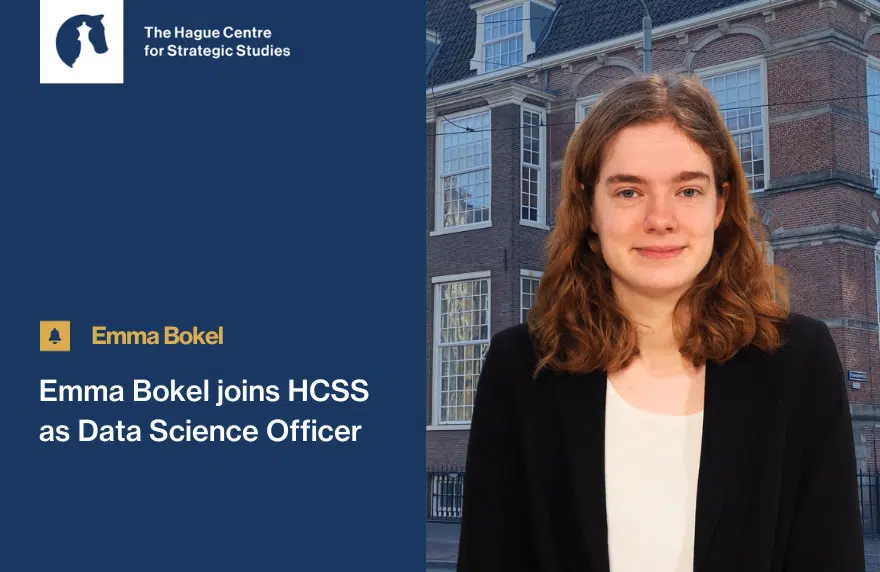Since 2007, there have been many developments regarding the use of data to answer very broad ranges of questions and to better understand the world we live in. Advancements in business intelligence, machine learning, natural language processing and many related fields allow companies to more effectively allocate their resources in a timely manner, for defense planners to better anticipate new crises and challenges around the world, and for researchers in many fields to more fully understand causal links between phenomena. It is now possible, for example, for a chief executive of a multinational corporation to see real time developments in key performance indicators on an interactive dashboard, and for a defense analyst to see where the latest events that have or may have impact on international security take place.
The Hague Centre for Strategic Studies is different from many think tanks in terms of how integral the data-driven approach is to our work. This has been true since the inception of the institute and we have continuously invested in improving our capabilities in the field of data analysis – a trend that we have focused on specifically within the last few years. We currently maintain an extensive data warehouse, in which we have collected hundreds of datasets from various respectable sources that are constantly and automatically updated. We also have in-house capabilities for data generation or ingestion, tidying, transformation, analysis, visualization and communicating the results for better decision-making. To put it concretely, we have the whole data science pipeline covered. We can deal with messy data from any number of sources and integrate it all to one analytical framework to make sense of it all.
We can build causal, predictive models with constant updates, create new indexes based on broad underlying data and do other types of similar analytical work to provide input for stakeholders in many domains. Depending on the nature of the project and the desires of the client, we have a number of interfaces to choose from. Currently we can build bespoke dashboards and monitors, fully tailored to the needs and wishes of our clients, with filtering and drilldown options to allow end users to get answers to more specific questions; write reports, alerts and issue briefs with full interactivity; as well as create presentations and stories that have similar capabilities. Naturally, we are constantly working on expanding our toolbox to ensure it stays state-of-the-art and offers as much added value to our clients as possible.
At HCSS, our technical know-now and quantitative experience is mixed with deep subject matter expertise, which allows for qualitative analysis and assessment as well. In fact, in most projects, the quantitative and qualitative approaches are indeed mixed in a complementary manner to provide a more complete picture, that is, not just hard figures or conjecture but relevant information combined with interpretation and possible implications. For example, we use this complementary approach to, among other things, assess the likelihood of civil war onset in countries that currently enjoy peace, to measure the assertiveness of great powers of the world, to provide new insights regarding energy policy and climate change mitigation and to show and add meaning to recent trends in cyber maturity. Our portfolio is broad, our method toolbox is extensive, and we are not afraid to challenge the status quo and think outside the box. As such, I believe we can continue to make a difference, providing valued and trusted strategic advice for both policymakers and private sector actors.
Hannes Rõõs, data scientist
This post is part of a series on the HCSS 10 year anniversary. Throughout the year analysts, experts and former colleagues will publish a post reflecting on the past 10 years.
Read the post by Paul Sinning, Executive Director
Read the post by Rob de Wijk, founder and non-Executive Director
Read the post by Sijbren de Jong, Strategic Analyst
Read the post by Stephan De Spiegeleire, Principal Scientist
Read the post by Michel Rademaker, Deputy Director Market and Operations
Read the post by Karlijn Jans, Strategic Analyst
Read the post by Willem Oosterveld, Strategic Analyst




